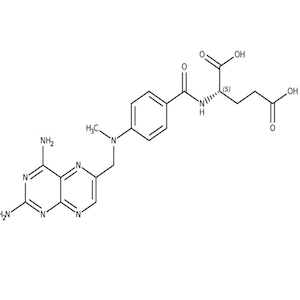Methotrexate in the therapeutic pathway of patients with psoriasis. Analysis of clinical practice data and comparison with guidelines
 Smart Citations
Smart CitationsSee how this article has been cited at scite.ai
scite shows how a scientific paper has been cited by providing the context of the citation, a classification describing whether it supports, mentions, or contrasts the cited claim, and a label indicating in which section the citation was made.
Psoriasis is an inflammatory skin disease with a chronic-relapsing course. It is estimated that the prevalence in Italy is 3%. An adequate model of taking care of the patient with psoriasis allows the patient to benefit from the most suitable treatment option for his health needs. In this position statement the observations, criticalities and proposals for improvement of the Pso-Path Working Group, composed by health economists, clinicians and patients, on the diagnostic-therapeutic pathway of the patient with psoriasis have been collected. In particular, the deviation of clinical practice from the current Guidelines for the management of patients with psoriasis, which recommend the use of biologic drugs in case of non-response, intolerance or contraindication to Methotrexate or Cyclosporine, was evaluated. A Working Group was convened whose participants were asked to express their thoughts on the diagnostic and therapeutic pathway of the patient with psoriasis, bringing out critical elements and proposals for improvement, based on their experiences. This position statement summarizes the experiences and consensus between clinicians and patients on actions to optimize the management of patients with psoriasis undergoing biological treatment. Compared to the epidemiological data currently available, it is believed that only a small percentage of patients with psoriasis are treated with systemic drugs. The perception of clinicians, according to their experience, confirms the data emerging from the National Report “National Observatory on the Use of Medicines” (Osmed) compiled by AIFA in 2015, according to which more than 77% of patients with psoriasis are started to treatment with biological drugs without a previous use of Methotrexate or Cyclosporine for at least 3 months. The Pso-Path Working Group concluded that it would be desirable to incentivize, through the formalization of regional guidelines, the creation of a network system that promotes not only a greater awareness, at the territorial level, of the importance and impact of the disease and the possible paths, but also the collaboration and connection between all the actors involved in the overall care of the patient.





 https://doi.org/10.4081/dr.2022.9454
https://doi.org/10.4081/dr.2022.9454




